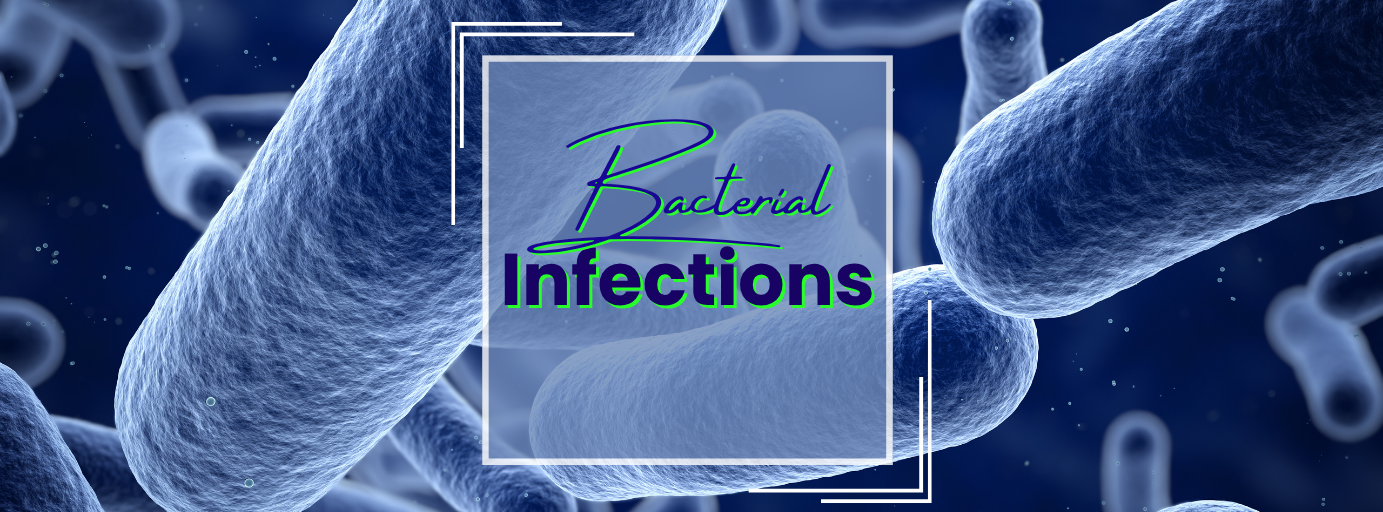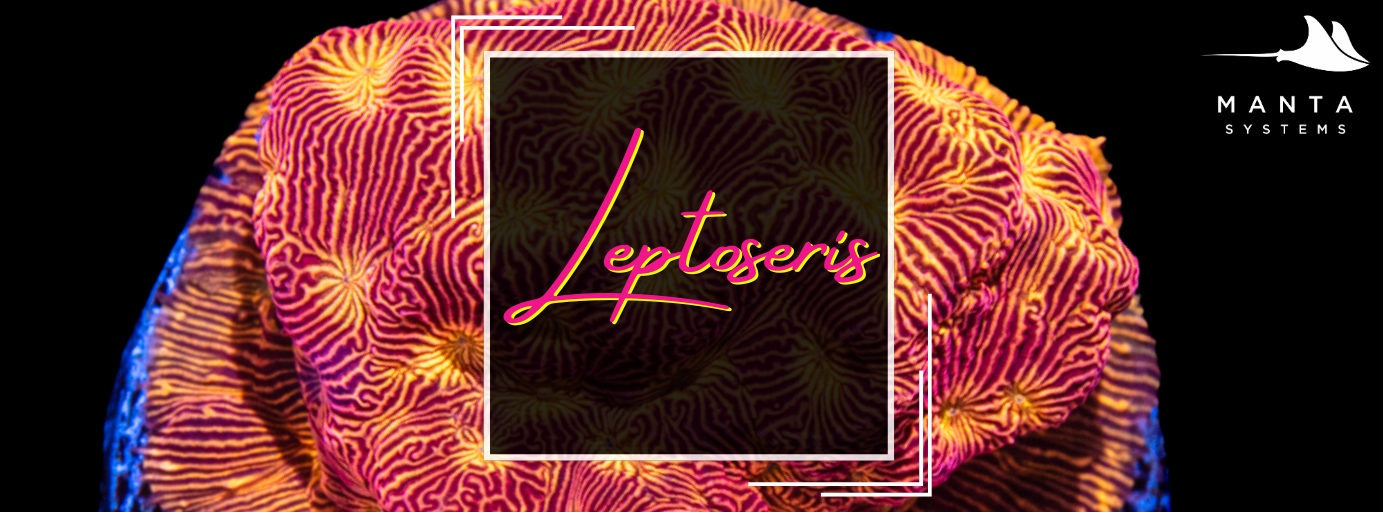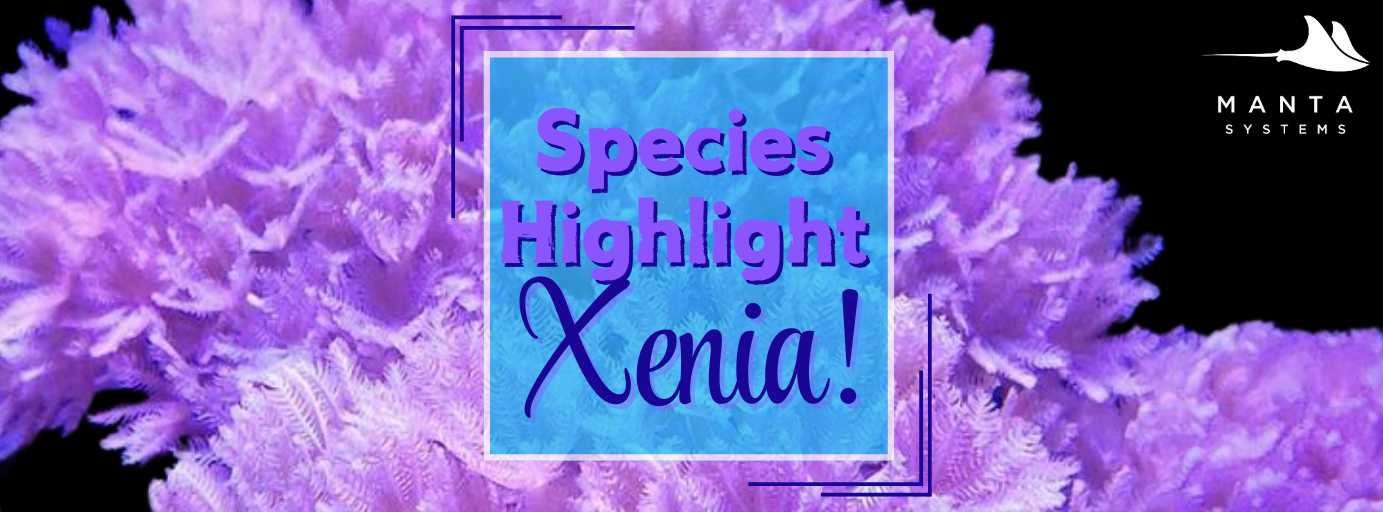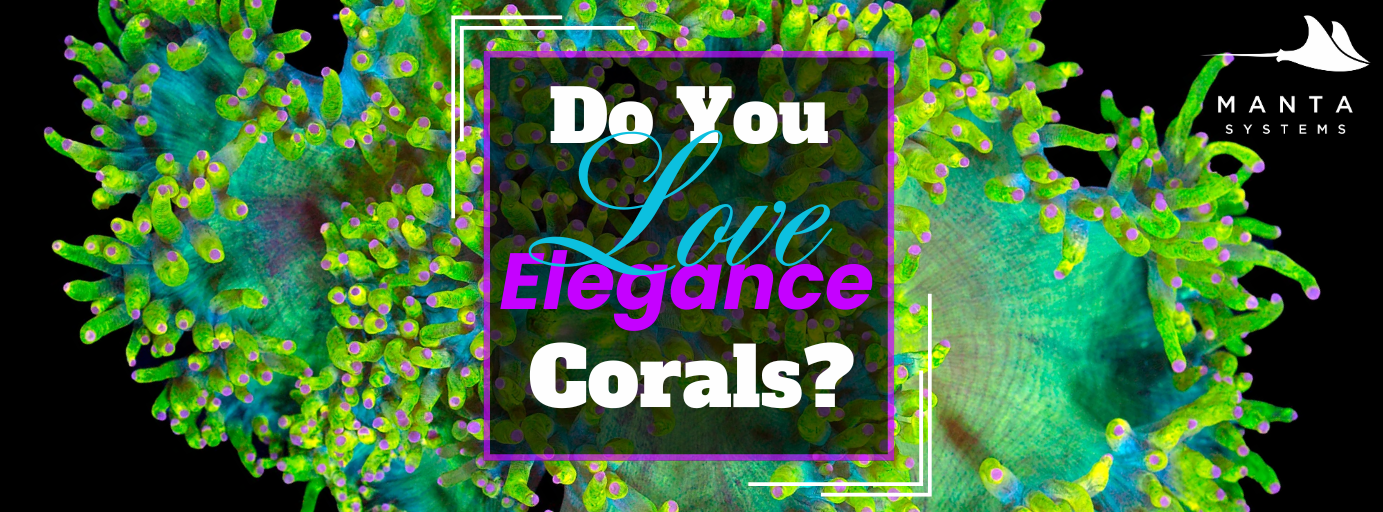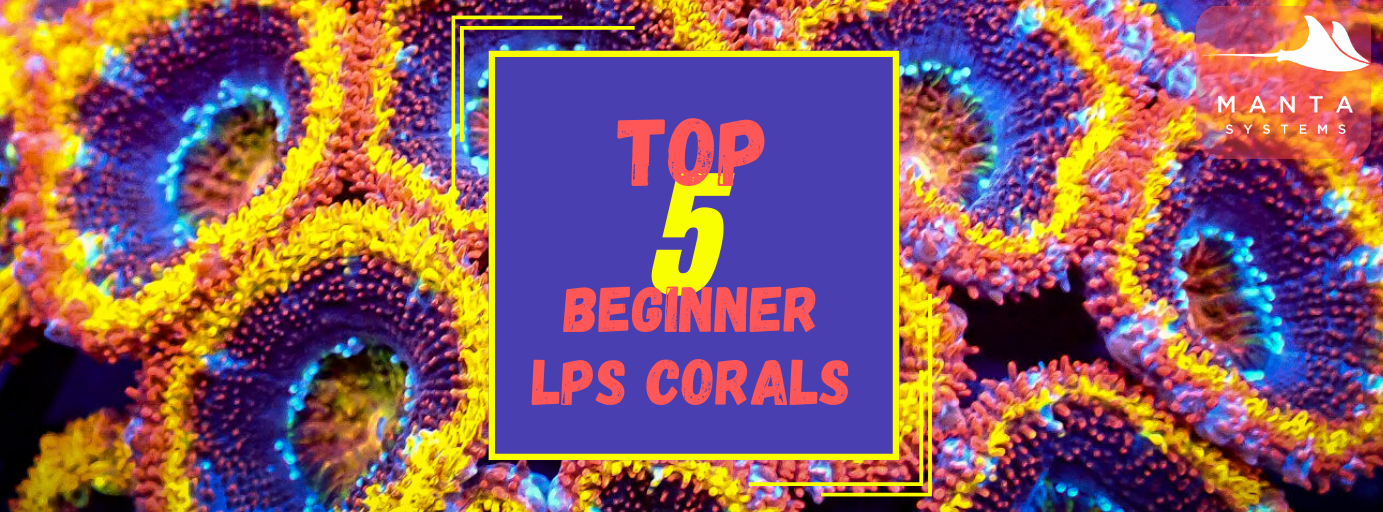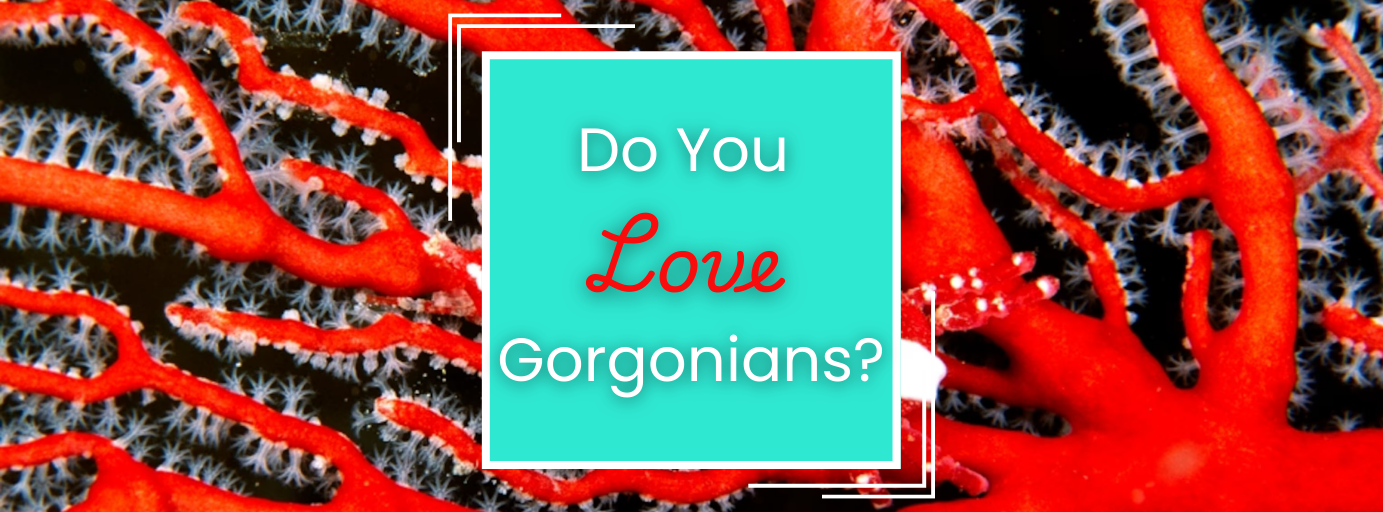Learn everything you need to know about bacterial infections in saltwater fish, including how to identify Gram-positive and Gram-negative bacteria, treatment options, and species-specific care tips. This detailed guide offers step-by-step instructions, troubleshooting tips, and preventive measures to
Saltwater Insights:
Exploring the Fascinating World of Marine Aquariums
Welcome to Saltwater Insights! Here, we dive into a wide range of topics that will deepen your understanding and appreciation of saltwater aquariums. Whether you're a seasoned aquarist or just starting out, our posts cover everything from the latest in aquarium technology and advanced water chemistry, to the care of exotic marine species and the art of aquascaping. Our expert tips, detailed guides, and fun facts will keep you informed and inspired. Join our community as we explore the vibrant and ever-evolving world of saltwater aquariums together. Dive in and discover the secrets to a thriving marine environment!
Discover how to care for Acans (Micromussa corals) in your reef tank with this in-depth guide. Learn about lighting, feeding, placement, and the latest coral information—all packed with expert tips for vibrant, thriving corals.
𝐈𝐦𝐩𝐫𝐨𝐯𝐢𝐧𝐠 𝐩𝐇 𝐔𝐧𝐝𝐞𝐫𝐬𝐭𝐚𝐧𝐝𝐢𝐧𝐠 𝐢𝐧 𝐒𝐚𝐥𝐭𝐰𝐚𝐭𝐞𝐫 𝐀𝐪𝐮𝐚𝐫𝐢𝐮𝐦𝐬
Dive into our detailed guide on pH and its importance for maintaining a healthy saltwater aquarium. Learn how pH affects marine life, how to measure and manage it, and discover tips for keeping your reef tank’s pH stable.
Explore the benefits of ozone in saltwater aquariums, from water clarity and pathogen control to improved water quality. Learn how to safely use ozone, essential equipment, and expert tips.
Our guide to understanding the importance of controlling phosphate levels in your saltwater aquarium to prevent algae overgrowth and support coral health. Learn how to test, manage, and maintain optimal phosphate levels for a thriving reef tank.
Discover why Pavona corals—also known as cactus, lettuce, or potato chip corals—are a fantastic beginner-friendly SPS choice. Learn about species, care tips, lighting, placement, feeding, and troubleshooting to help your Pavona thrive in any reef tank.
𝐆𝐨𝐧𝐢𝐨𝐩𝐨𝐫𝐚 𝐃𝐞𝐦𝐲𝐬𝐭𝐢𝐟𝐢𝐞𝐝: 𝐄𝐯𝐞𝐫𝐲𝐭𝐡𝐢𝐧𝐠 𝐘𝐨𝐮 𝐍𝐞𝐞𝐝 𝐭𝐨 𝐊𝐧𝐨𝐰
Curious about Goniopora corals? Learn how to care for these stunning flowerpot corals with our comprehensive guide—species types, placement, feeding tips, flow and light needs, and pro hobbyist advice included!
Curious about keeping a Mandarin Dragonet? Discover this complete, hobbyist-friendly guide to Mandarin fish care, including feeding strategies, copepod management, tank setup, and troubleshooting common challenges. Learn how to enjoy the beauty of these stunning reef fish while keeping them healthy and
Struggling to get your Mandarin Dragonet to eat frozen or pelleted food? Learn step-by-step techniques to transition your picky eater, from starting with live foods to target feeding tips. Set your mandarin up for success and reduce reliance on copepods for good!
𝐖𝐡𝐲 𝐋𝐞𝐩𝐭𝐨𝐬𝐞𝐫𝐢𝐬 𝐃𝐞𝐬𝐞𝐫𝐯𝐞𝐬 𝐚 𝐒𝐩𝐨𝐭𝐥𝐢𝐠𝐡𝐭
Discover the beauty of Leptoseris corals in this easy-to-follow guide. Learn their care requirements, placement tips, feeding tricks, and troubleshooting advice for a thriving reef tank.
𝐗𝐞𝐧𝐢𝐚 𝐂𝐨𝐫𝐚𝐥 𝐂𝐚𝐫𝐞 𝐆𝐮𝐢𝐝𝐞: 𝐄𝐯𝐞𝐫𝐲𝐭𝐡𝐢𝐧𝐠 𝐘𝐨𝐮 𝐍𝐞𝐞𝐝 𝐭𝐨 𝐊𝐧𝐨𝐰
Discover why Xenia coral is a beginner-friendly, fast-growing, and mesmerizing soft coral for reef tanks. Learn care tips, placement strategies, troubleshooting, and how to control its spread for a thriving, balanced reef aquarium.
Discover everything you need to know about Elegance Corals, from care requirements and placement tips to feeding strategies and troubleshooting common issues.
𝐓𝐨𝐩 𝟓 𝐐𝐮𝐞𝐬𝐭𝐢𝐨𝐧𝐬 𝐭𝐨 𝐀𝐬𝐤 𝐁𝐄𝐅𝐎𝐑𝐄 𝐁𝐮𝐲𝐢𝐧𝐠 𝐚 𝐅𝐢𝐬𝐡
Avoid costly mistakes when buying a new fish! Learn the top 5 essential questions to ask before purchasing a saltwater or freshwater fish to ensure compatibility, proper care, and long-term success in your aquarium.
𝐓𝐨𝐩 𝟓 𝐁𝐞𝐠𝐢𝐧𝐧𝐞𝐫 𝐋𝐏𝐒 𝐂𝐨𝐫𝐚𝐥𝐬 𝐓𝐡𝐚𝐭 𝐀𝐫𝐞 𝐄𝐚𝐬𝐲 𝐚𝐧𝐝 𝐒𝐭𝐮𝐧𝐧𝐢𝐧𝐠
Looking to start your reef tank with easy, beginner-friendly LPS corals? Discover the top 5 best beginner LPS corals that are hardy, colorful, and perfect for new reefers. Learn about their care requirements, ideal placement, and why they’re great choices for your saltwater aquarium.
Explore our ultimate guide to gorgonians, including types, care requirements, tank suitability, and buying tips. Learn how to keep these stunning corals healthy and thriving in your saltwater aquarium.

